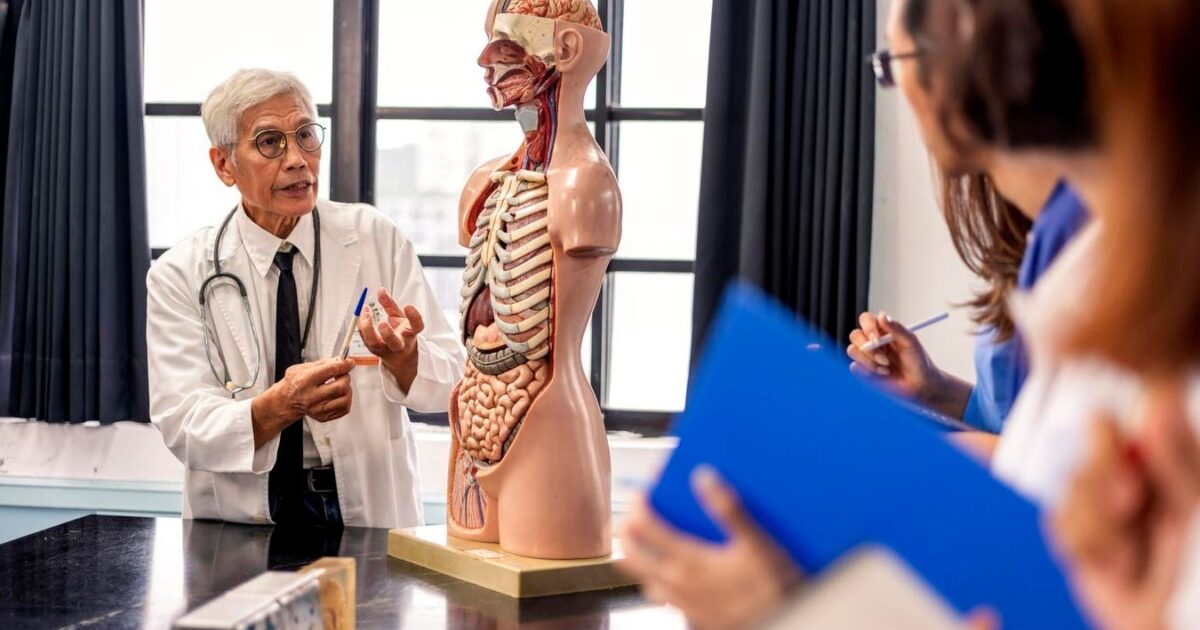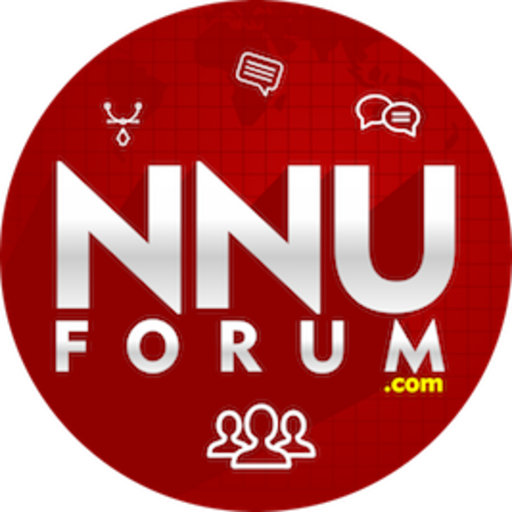In The AI Revolution, Medical Schools Are Falling Behind U.S. Colleges

Instead of learning to use the tools that will define tomorrow’s care, med school students still … More
At Duke University, every matriculating student now has access to a custom AI assistant. At Cal State, more than 460,000 students across 23 campuses are equipped with a 24/7 ChatGPT toolkit upon enrollment. These aren’t pilot programs. They’re part of a full-scale transformation in the way higher education is preparing students for their future careers.
Meanwhile, most U.S. medical schools remain stuck in the last century. Instead of learning to use the tools that will define tomorrow’s care, students still memorize biochemistry pathways and are tested on obscure facts they’ll never use in clinical practice.
Universities Adapting To AI; Medicine Falling Behind
Following the release of OpenAI’s ChatGPT in 2022, college deans and department chairs responded with caution. They worried about plagiarism, declining writing skills and an overreliance on artificial intelligence.
Since, most have since shifted from risk avoidance to opportunity. Today, universities are integrating generative AI into tutoring, test prep, research, advising and more. Many now expect faculty to teach AI fluency across each of their disciplines.
Medical education hasn’t kept pace. A recent Educause study found that only 14% of medical schools have developed a formal GenAI curriculum compared with 60% of undergraduate programs.
Most medical school leaders continue to view large language models as administrative tools rather than clinical ones. That’s a mistake. By the time today’s students become physicians, they’ll carry in their pockets a tool more powerful and important to clinical practice than the stethoscope ever was. In seconds, GenAI can surface every relevant medical study, guideline and precedent. And soon, it will allow patients to accurately evaluate symptoms and understand treatment options before they ever set foot in a clinic.
Used wisely, generative AI will help prevent the 400,000 deaths each year from diagnostic errors, the 250,000 from preventable medical mistakes and the 500,000 from poorly controlled chronic diseases.
Medical Education Still Hasn’t Learned Its Lesson
Despite GenAI’s potential to transform healthcare, most medical schools still train students for the medicine of the past. They prioritize memorization over critical thinking and practical application. They reward students for recalling facts rather than for effectively accessing and applying knowledge with tools like ChatGPT or Claude.
Historically, physicians were judged by how well they told patients what to do. In the future, success will be measured by medical outcomes. Specifically, how well clinicians and AI-empowered patients work together to prevent disease, manage symptoms and save lives.
The outdated approach to medical education persists beyond university classrooms. Internship and residency programs still prioritize applicants for their memorization-based test scores. Attending physicians routinely quiz trainees on arcane facts instead of engaging in practical problem-solving. This practice, known as “pimping,” is a relic of 20th-century training. Few industries outside of medicine would tolerate it.
How To Modernize Medical Training
Generative AI is advancing at breakneck speed, with capabilities doubling roughly every year. In five years, medical students will enter clinical practice with GenAI tools 32 times more powerful than today’s models — yet few will have received formal training on how to use them effectively.
Modernizing medical education must begin with faculty. Most students entering medical school in 2025 will already be comfortable using generative AI, having leaned on it during college and while preparing for the MCAT exam. But most professors will be playing catch-up.
To close this gap, medical schools should implement a faculty education program before the new academic year. Instructors unfamiliar with GenAI would learn how to write effective prompts, evaluate the reliability of answers and ask clarifying questions to refine outputs.
Once all faculty have a foundational understanding of the new applications, the real work begins. They need to create a curriculum for the coming semester. Here are two examples of what that might look like for third-year students on a clinical rotation:
Exercise 1: Differential diagnosis with GenAI as a co-physician
In a small-group session, students would receive a clinical vignette: A 43-year-old woman presents with fatigue, joint pain and a facial rash that worsens with sun exposure.
Students would begin by first drafting their own differential diagnosis. Then, they would prompt a generative AI tool to generate its own list of potential diagnoses.
Next, participants would engage the AI in a back-and-forth dialogue, questioning its reasoning, testing assumptions and challenging conclusions.
To reinforce clinical reasoning in collaboration with GenAI, each student would also submit written responses to these questions:
- Is lupus or dermatomyositis the more likely diagnosis, and why?
- What additional data would help rule out Lyme disease?
- Cite three high-quality studies that support your diagnostic ranking.
The goal of this type of exercise isn’t to identify a “right” answer but to strengthen analytical thinking, expose cognitive biases and teach students how to use GenAI to broaden diagnostic reasoning (not limit it). By the end of the exercise, students should be more confident using AI tools to support — but not replace — their own clinical judgment.
Exercise 2: Managing chronic disease with GenAI support
In this scenario, students imagine seeing a 45-year-old man during a routine checkup. The patient has no prior medical problems but, on physical exam, his blood pressure measures 140/100.
Students begin by walking through the clinical reasoning process:
- What questions would they ask during the patient history?
- Which physical findings would be most concerning?
- What laboratory tests would they order?
- What initial treatment and follow-up plan would they recommend?
Then, students enter the same case into a generative AI tool and evaluate its recommendations. Where do the AI’s suggestions align with their own? Where do they differ (and why)?
Finally, students are tasked with designing a patient-centered care plan that incorporates medical therapy, lifestyle changes and as many GenAI-powered applications as possible. These might include analyzing data from at-home blood pressure monitors, customizing educational guidance or enabling patients to actively manage their chronic diseases between visits.
Training Physicians To Lead, Not Follow
Colleges understand that preparing students for tomorrow’s careers means teaching them how to apply generative AI in their chosen fields. Medicine must do the same.
Soon, physicians will carry in their pocket the entirety of medical knowledge, instantly accessible and continuously updated. They’ll consult AI agents trained on the latest research and clinical guidelines. And their patients, empowered by GenAI, will arrive not with random Google results, but with a working understanding of their symptoms, potential diagnoses and evidence-based treatment options.
If medical schools don’t prepare students to lead clinical application of these tools, for-profit companies and private equity firms will focus solely on ways to lower costs, even when these approaches compromise medical care.
As medical school deans prepare to welcome the class of 2029, they must ask themselves: Are we training students to practice yesterday’s medicine or to lead tomorrow’s?

